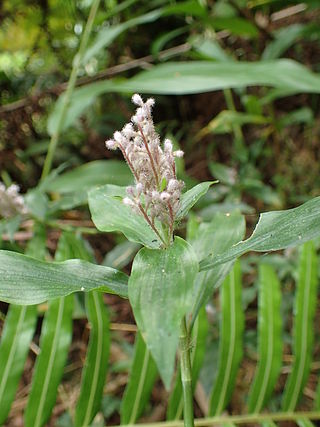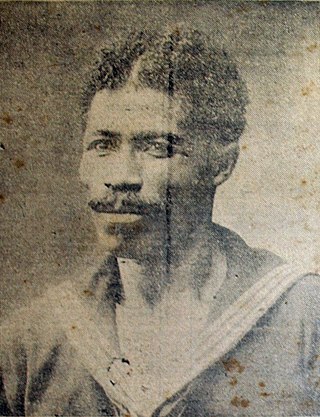
Rio de Janeiro, or simply Rio, is the capital of the state of Rio de Janeiro. It is the second-most-populous city in Brazil and the sixth-most-populous city in the Americas.

Samba is a name or prefix used for several rhythmic variants, such as samba urbano carioca, samba de roda, recognized as part of the Intangible Cultural Heritage of Humanity by UNESCO, amongst many other forms of samba, mostly originated in the Rio de Janeiro and Bahia states.

Rio de Janeiro is one of the 27 federative units of Brazil. It has the second largest economy of Brazil, with the largest being that of the state of São Paulo. The state, which has 8.2% of the Brazilian population, is responsible for 9.2% of the Brazilian GDP.

Pindamonhangaba is a municipality in the state of São Paulo, Brazil, located in the Paraíba Valley, between the two most active production and consumption regions in the country, São Paulo and Rio de Janeiro. It is accessible by the Via Dutra at the 99th kilometer. This place name comes from the Old Tupi language meaning "where hooks are made" or, according to a different interpretation, "where the river bends".

America Football Club, usually abbreviated to America-RJ or simply America, is a Brazilian football team based in the city of Rio de Janeiro, in the northern neighborhood of Tijuca. The team compete in Campeonato Carioca, the top tier of the Rio de Janeiro state football league.

Dalechampia is a genus of plant of the family Euphorbiaceae and of the monogeneric subtribe Dalechampiinae. It is widespread across lowland tropical areas primarily in the Americas with smaller numbers of species in Africa, Madagascar, and southern Asia. Additional new species are still being described and several are very rare and at risk of extinction.

Mabea is a plant genus of the family Euphorbiaceae first described in 1775. It is native to Central and South America as well as Mexico and Trinidad.
Savia is a genus of the family Phyllanthaceae first described as a genus in 1806. It is native to the West Indies, the Florida Keys, Mexico, Venezuela, Brazil, and Paraguay.
- Savia dictyocarpaMüll.Arg. - Paraguay, S Brazil
- Savia sessiliflora(Sw.) Willd. - Mexico, West Indies, Venezuela

Micrasterias is a unicellular green alga of the order Desmidiales. Its species vary in size reaching up to hundreds of microns.

Floscopa is a genus of plants in the family Commelinaceae first described in 1790. It is widespread in tropical and subtropical areas: Africa, Madagascar, the Indian Subcontinent, Southeast Asia, China, Queensland, Central + South America.

The Desmidiaceae are one of four families of charophyte green algae in the order Desmidiales (desmids).
Chlorotetraedron is a genus of green algae, in the family Neochloridaceae. The name may also be written as Chlorotetraëdon. It is found as freshwater plankton or in soil.

João Cândido Felisberto was a Brazilian sailor, best known as the leader of the 1910 "Revolt of the Lash". His name was sometimes given as simply "João Cândido" or "Jean Candido" in foreign articles.

Luis Carlos Verzoni Nejar, better known as Carlos Nejar, is a Brazilian poet, author, translator and critic, and a member of the Academia Brasileira de Letras. One of the most important poets of its generation, Nejar, also called "o poeta do pampa brasileiro", is distinguished for his use of an extensive vocabulary, alliteration, and pandeism. His first book, Sélesis, was published in 1960.
Altamiro Carrilho was a Brazilian musician and composer. He is widely regarded as a master flutist and a major representative of the choro genre.

Vriesea duvaliana is a plant species in the genus Vriesea. It is an epiphyte endemic to the State of Bahia in eastern Brazil, but cultivated in other regions as an ornamental. It is a recipient of the Royal Horticultural Society's Award of Garden Merit.
The following is a timeline of the history of the city of Rio de Janeiro, Brazil.

Events in the year 1922 in Brazil.

Ischnosiphon is a genus of plants native to Central America, South America, Trinidad and the Lesser Antilles. It was first described as a genus in 1859.

Events of the year 1968 in Brazil















